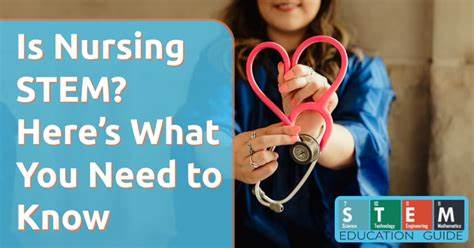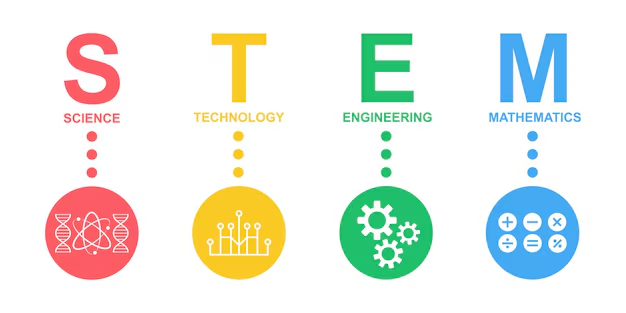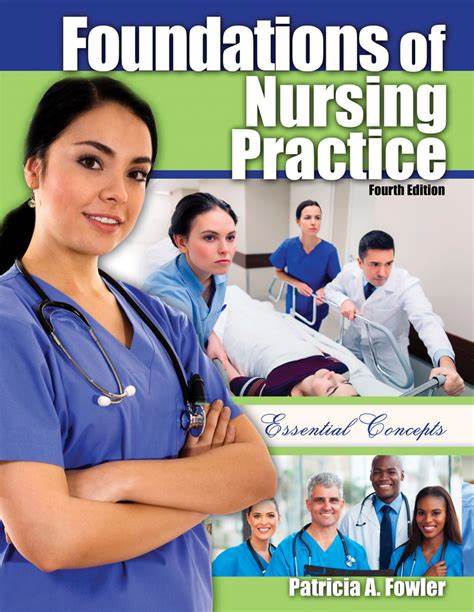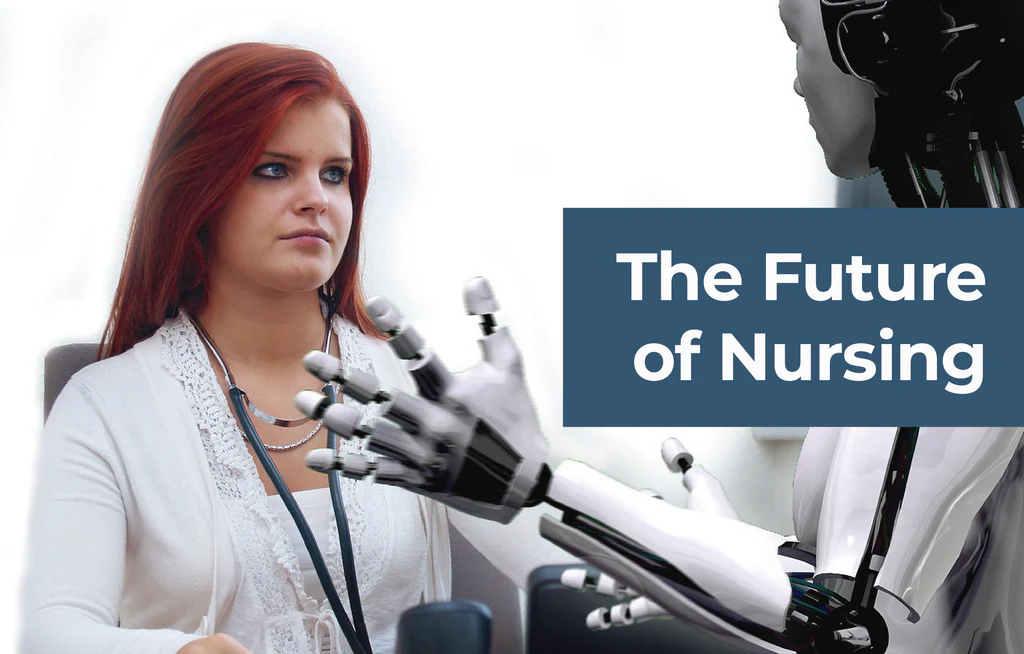
In the evolving landscape of higher education, few questions spark as much debate as whether nursing truly qualifies as a STEM discipline. While nurses undeniably apply scientific principles and medical technology daily, the profession often finds itself caught in a classification limbo. This comprehensive analysis examines the compelling arguments on both sides, explores the implications for medical students and professionals, and offers clarity on this important educational question.

STEM—an acronym for Science, Technology, Engineering, and Mathematics—emerged in the early 2000s as part of a national initiative to strengthen America’s competitive edge in these critical fields. According to the National Science Foundation, STEM disciplines are characterized by their focus on innovation, research, and the application of scientific methodologies to solve complex problems.
Traditional STEM fields include:
The classification carries significant weight beyond mere categorization. STEM-designated programs often receive enhanced funding, research opportunities, and specialized grants. For students, STEM majors may qualify for targeted scholarships, visa benefits for international students, and often enjoy higher starting salaries upon graduation.

Modern education is deeply rooted in scientific principles. A typical Bachelor of Science in Nursing (BSN) curriculum includes rigorous coursework in:
According to the American Association of Colleges of Nursing, medical students typically complete between 40-60 credit hours of science-based coursework during their degree programs—comparable to many traditional science majors.
Dr. Patricia A. Fowler, Dean of Nursing at Northeastern University, notes: “Today’s medical students engage with sophisticated concepts in molecular biology, pharmacogenomics, and evidence-based practice methodologies that would be recognizable to any student in the biological sciences.”
For students navigating these challenging scientific courses, academic support services like StudyCreek offer professional assistance with complex nursing assignments, helping future healthcare professionals master the scientific foundations of their discipline.

Modern medical practice relies on the continuous application of scientific principles. They must understand complex physiological processes, interpret laboratory values, calculate medication dosages with precision, and apply evidence-based research to clinical decision-making.
The scientific method isn’t just theoretical for nurses—it’s operational. When assessing patients, developing care plans, and evaluating outcomes, medics employ the same systematic approach to problem-solving that defines STEM disciplines.
Today’s healthcare environments are technology-saturated spaces where nurses interface with sophisticated equipment daily:
A study published in the Journal of Nursing Education found that new graduates spend approximately 35% of their clinical time interacting with healthcare technologies, requiring technical competencies comparable to many engineering technology programs.
This field’s practice involves continuous data analysis and complex decision-making based on quantitative information. Medics must:
These analytical skills align closely with the mathematical reasoning emphasized in traditional STEM education.
The modern medical field increasingly emphasizes research and evidence-based practice. The National Institute of Nursing Research (NINR), established in 1986, funds scientific investigations that have transformed healthcare delivery. Nurse researchers employ rigorous scientific methodologies to:
The growing emphasis on medical research strengthens the discipline’s claim to STEM classification.
Contemporary medical practice exists at the intersection of multiple STEM fields. The emergence of specialized roles like informatics medics, ,medical researchers, and medics engineering specialists demonstrates how the profession increasingly integrates scientific disciplines.

Despite these compelling points, several arguments are commonly raised against classifying this field as a STEM discipline:
Critics suggest that, the primary focus on direct patient care rather than technological innovation or scientific discovery places it outside traditional STEM parameters. While scientists and engineers typically create new knowledge and technologies, nurses are often positioned as skilled users rather than developers.
The classification of nursing varies widely among educational institutions and government agencies. The Department of Homeland Security classifies some nursing programs as STEM for visa purposes, while other federal agencies do not include nursing in STEM initiatives.
The field’s historical development as a predominantly female profession during eras when women were largely excluded from STEM fields has influenced its classification. According to the American Nurses Association, approximately 90% of registered medics are women, while traditional STEM fields remain predominantly male.
This classification debate has tangible consequences for medical students:
For students struggling with the rigorous scientific coursework in their programs, professional academic assistance from services like StudyCreek can help bridge knowledge gaps and develop the strong scientific foundation necessary for clinical practice.

Several trends suggest this field may gain wider recognition as a STEM discipline in coming years:
Dr. Michael Peterson of the National League for Nursing predicts: “Within the next decade, we’ll likely see nursing fully integrated into STEM education initiatives as healthcare continues its technological transformation and the scientific foundations of medical practice become increasingly evident.”
While the debate continues, the scientific nature of nursing education is undeniable. Whether officially classified as STEM or not, nursing students engage with scientific concepts, technological tools, and mathematical principles throughout their education and careers.
For nursing students navigating challenging scientific coursework, resources like StudyCreek provide valuable support with complex assignments, helping future nurses build the strong scientific foundation necessary for evidence-based practice.
Perhaps the most productive approach is recognizing nursing as a multifaceted discipline that bridges STEM fields and humanitarian care—a unique integration that makes the profession both scientifically rigorous and deeply human-centered.
Are you a student struggling with the scientific components of your coursework? Don’t let challenging assignments stand between you and your nursing career. Professional academic writers at StudyCreek specialize in nursing sciences and can help you master complex concepts while meeting tight deadlines. Visit StudyCreek today to learn how their expert writers can support your nursing education journey.
Yes, in many cases. Several federal grants and scholarships are specifically designated for STEM majors. Without STEM classification, nursing students may miss opportunities for financial assistance specifically targeted to science and technology fields.
Many BSN programs require similar credit hours in sciences as traditional biology or chemistry majors, especially in anatomy, physiology, microbiology, and chemistry. The difference often lies in the application focus rather than the amount of scientific content.
Absolutely. International students in STEM-designated programs may qualify for extended Optional Practical Training (OPT) periods, allowing them to work in the United States for up to 36 months after graduation compared to just 12 months for non-STEM majors.
While overlap exists, nursing research typically focuses on patient care delivery, symptom management, health promotion, and care outcomes. Medical research more commonly centers on disease mechanisms, diagnostic methods, and treatment interventions. Both employ scientific methodology but with different emphasis.
Advanced practice roles like Medical Practitioners and Nurse Anesthetists typically involve even more scientific and technical expertise than entry-level positions. Many graduate nursing programs emphasize research methodology, advanced pharmacology, and diagnostic reasoning that align closely with STEM criteria.
Delivering a high-quality product at a reasonable price is not enough anymore.
That’s why we have developed 5 beneficial guarantees that will make your experience with our service enjoyable, easy, and safe.
You have to be 100% sure of the quality of your product to give a money-back guarantee. This describes us perfectly. Make sure that this guarantee is totally transparent.
Read moreEach paper is composed from scratch, according to your instructions. It is then checked by our plagiarism-detection software. There is no gap where plagiarism could squeeze in.
Read moreThanks to our free revisions, there is no way for you to be unsatisfied. We will work on your paper until you are completely happy with the result.
Read moreYour email is safe, as we store it according to international data protection rules. Your bank details are secure, as we use only reliable payment systems.
Read moreBy sending us your money, you buy the service we provide. Check out our terms and conditions if you prefer business talks to be laid out in official language.
Read more